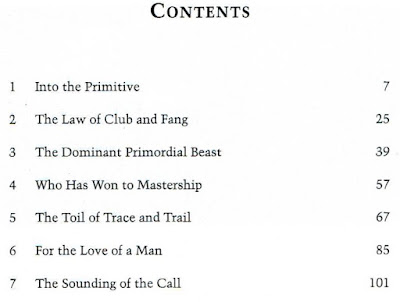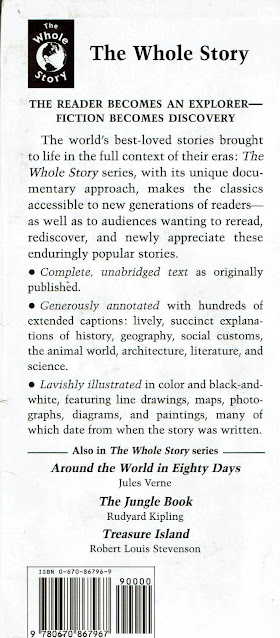
Assemble the pieces to reveal an idyllic countryside scene complete with colorful cottages, rolling hills, white chapel, and meandering stream. Ravensburger 2000 piece puzzles are create a challenging and satisfying experience from our strategic image selection to our unmatchable quality.July 8, 2020
Puzzling is more than just fun! Puzzling develops logical thinking and problem-solving skills, memory, focus, and concentration, and builds confidence. Plus, it’s a great way to unplug, relax, and destress.
Ravensburger puzzles are designed to be a positive, frustration-free experience. Our steel-cut pieces offer a perfect, interlocking fit with no tearing or dust – and no two pieces are ever the same shape! Extra-thick cardboard pieces mean your puzzle will last for years.
After lingering several months untouched among our other puzzles, Frank and I opened the box with all the typical initial enthusiasm of starting a fresh, new project, i.e., the honeymoon phase. The colors in the picture were varied and there were many textures to explore. How hard could it be? We took up our traditional puzzle roles. I challenged myself on sky and edge and Frank attacked the buildings with gusto. The uniquely colored sky and three distinct buildings gave us a jump start.
Beyond the initial stages, when our progress became extremely slow, Frank considered surrendering and even checked how much he could sell the puzzle for on eBay. He learned $60 - $100; so, if we quit, we could possibly turn a profit. While he was exploring eBay I just kept plugging away a bit each evening and then he came around and joined me. Sorting pieces onto plates and bringing in an extra table helped. The completed puzzle would measure 29½" by 38½". The butcher block table in the foreground is 3' by 4', large enough for the puzzle but leaving hardly any room for piece sorting or small subsection assemblies. The supplemental Costco table behind it measures 2½' by 4' and provided the extra space needed for a work in progress.
July 14, 2020
I – as the tortoise – continued plodding on with insertion of a few pieces each evening. Frank – ever the hare – continued his quest to accelerate the assembly process. He found puzzle stackers on Amazon. It was one of the best finds – ever! – better than using those round plates with curved edges. We decided upon and ordered a set of Becko Stackable Puzzle Sorting Trays. The twelve trays stack very well, leaving enough height for the puzzles pieces in the tray below and, with their hexagon shape, they close-pack very efficiently honeycomb fashion on the table surface. The trays come in both a light and a darker color which lends itself well to collecting and seeing the shape clearly of either light or dark pieces. We deployed them immediately and did away with the plastic picnic-style plates.


July 17, 2020
Ok, by now we are basically left with green: light green, yellow green, teal green, deep green, black green, white speckled, leaf textured, grass textured, blurred texture, and a few straggling nondescript green categories. Attention to detail became a strong requirement for fine tuning the potential candidates for piece placement.


July 20, 2020
Here is the puzzle on July 20 following by a comparison with July 17 status.



We waiting until each other was available so together we could savor the climactic moments of putting in the final few pieces.




















